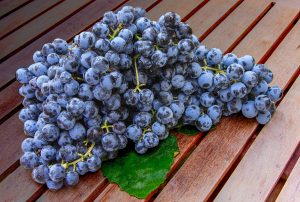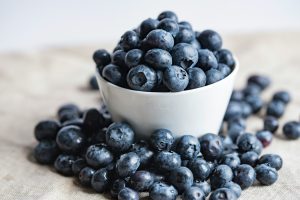Fruit Today talked to Cirilo Arnandis, chairman of the DO Kaki Ribera del Xúquer, who commented the roadmap to eradicate pests such as mealybugs and whitefly. A reality and a future project that is based on biological control.
What does the biological control plan on the production by the DO Kaki Ribera del Xúquer consist of?
There are two pests that harm persimmons: mealybugs and whitefly. The second one stimulates the appearance of a fungus, sooty mould, which causes the fruit to go black and turn into non-saleable produce.
For mealybugs, biological control is carried out by the continuous release of predators.
We also apply sexual confusion methods. This was very successful with the Mediterranean fruit fly and managed to control it.
To what extent has the reduction of plant protection products affected this pest control?
The problem we have with the eradication of pests is a direct consequence of the lack of materials that act on them. The products we use are increasingly more formulated, with all the sights focused on sustainability and the environment, aspects that we totally agree with. But before taking the step of eliminating products, a valuation of the repercussions that this cancelation might have on production should be carried out.
We are carrying out a great deal of research to resolve these types of problems through the use of insects and the regulated release of predators. Furthermore, using authorised products we have carried out a continuous control plan to treat the pests at the time when they are most aggressive.
Could this situation have generated disillusionment amongst farmers when growing this fruit?
We’d have to go back in time to understand the situation. We have been generating a product in the Ribera region for a quarter of a century in a way that nobody has ever done before. There was a drop in prices which, simultaneously, was added to the problem of new pests and which, at the time, caused some disillusionment. We have been witnesses to an evolution in which we have gone from using two treatments and having a clean crop and quality produce, to having to apply ten treatments. This, of course, has made the production more expensive and, additionally, has not even had good results. With this panorama, it is normal for farmers to become disillusioned, but I can assure you that the resilience and capacity for innovation of the farmers from La Ribera is incredible. We have gone through many ups and downs and we have known how to reinvent ourselves.
One thing is clear and undeniable: persimmons are high-quality produce, a great fruit and every year, the market and consumers wait for this seasonal fruit.
I think that, for all these reasons, we are in the middle of a stabilisation process, but we must not forget that we have a great product that for many years has been a market leader and we expect it to take this leadership back.
What volume of persimmons is expected for this campaign?
Production has been reduced by 50%; therefore, it is calculated that in total there will be around 180 million kilos for marketing. In August we were already aware that this capacity was going to be much smaller, but that the quality of a product endorsed by the Denomination of Origin was going to continue to be excellent.
Commercially-speaking, we will give priority to the demand by our European and local clients and in second place, we will try to take care of the demands from overseas clients.




















